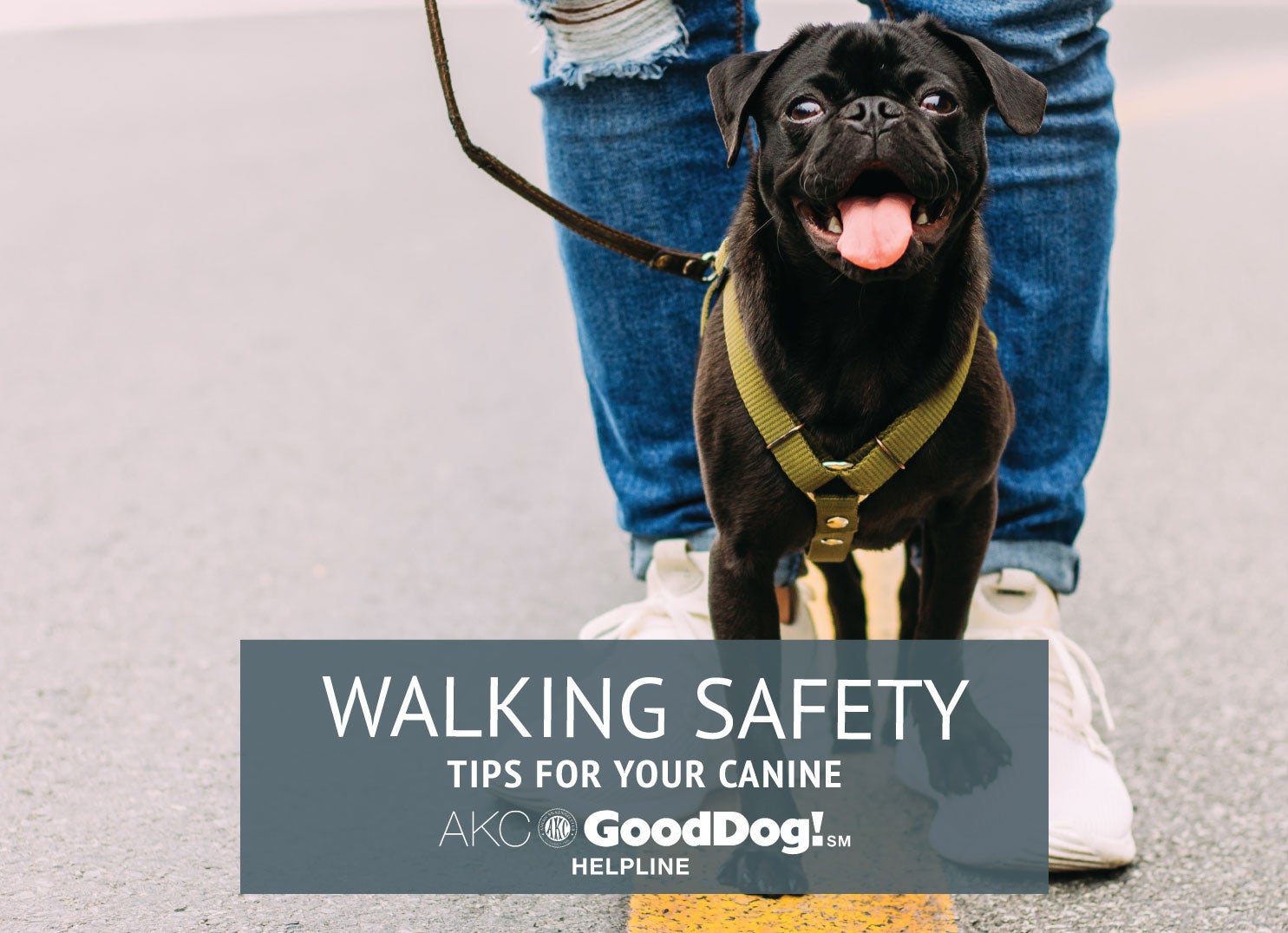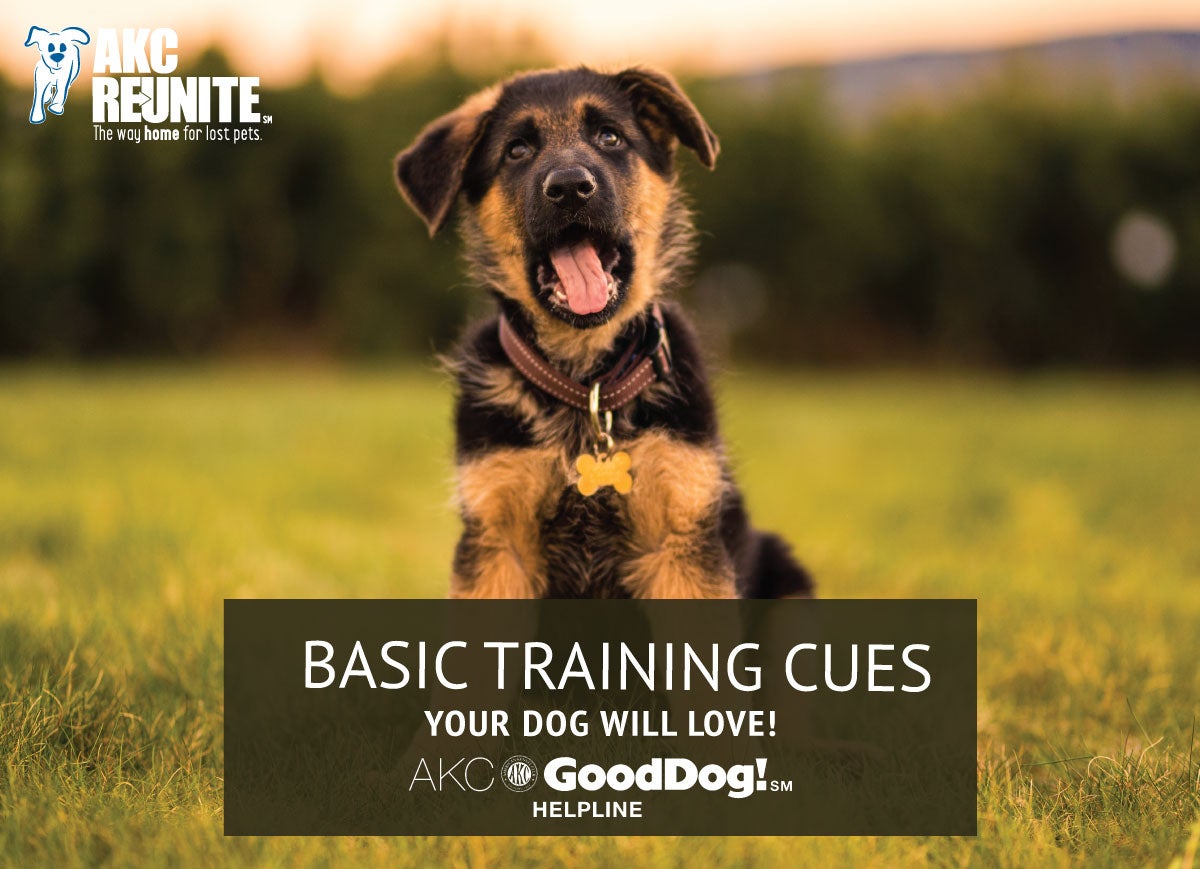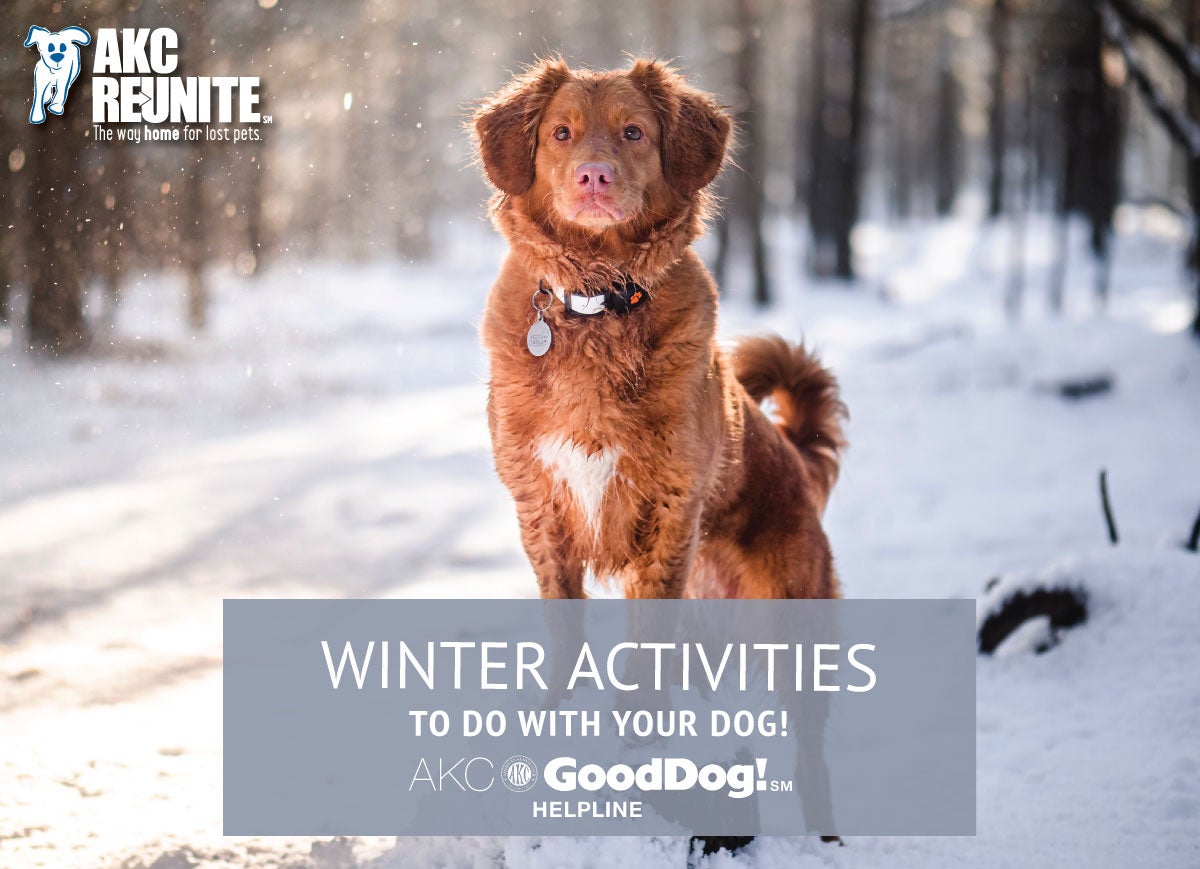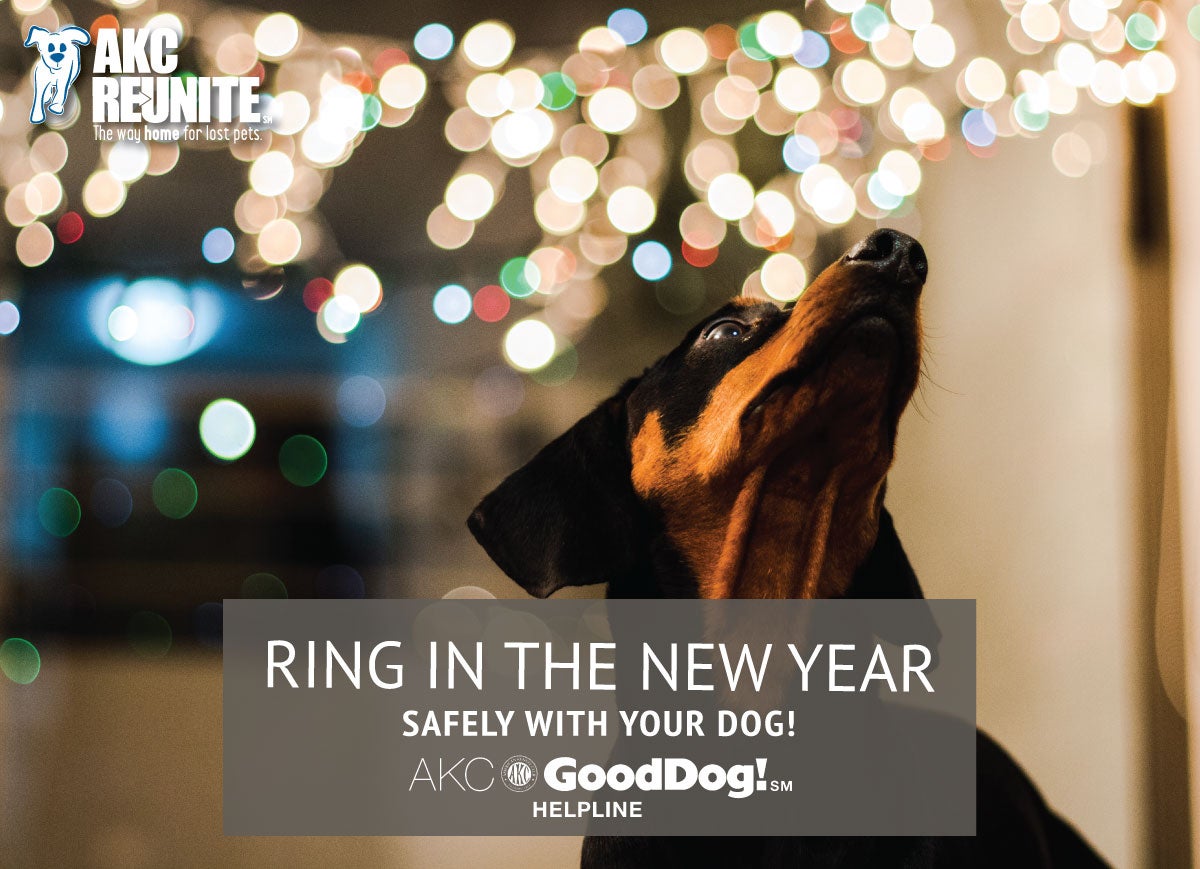So Many Collars, Harnesses, and Leashes!
Brought to you by the AKC GoodDog! Helpline – the AKC’s 7-day-a-week training support service
By: Hilarie Erb
There are a myriad of collars, harnesses, and leashes that promise to make walking the dog a walk in the park. Here is a look at how some popular styles might work for you.
Harnesses
Avoiding injury to a dog’s neck is a common reason for choosing a harness. But if it isn’t the right harness, tugging will continue – maybe get worse! If tugging on walks is an issue, use a harness that has a front attachment for the leash – at the dog’s chest, not the back. Front clip harnesses, like the Easy Walk harness, give you control of the heaviest part of the dog’s body – the chest – whereas back-clip ones give the dog more traction to pull. That’s how sled dog harnesses work! And you don’t want to be the sled.
Flat Buckle Collars
These are the first recommendation for training puppies. If wide enough and fitted properly, they are safe for even tiny dogs. Collars should be snugger than most owners think and rest high on the dog’s neck when walking and training. If they are too low, they can injure the trachea. Wide collars distribute any pressure evenly, making them the best choice for Toy breeds and dogs with long, thin necks like Whippets and Greyhounds.
Martingale Collars
These are a great choice because they prevent dogs from backing out of the collar when adjusted correctly. They may look like a choke collar, but they are not. The loop at the back allows the collar to tighten just enough to prevent it from pulling over the dog’s head but not tight enough to choke.
Head Halters
There is a learning curve to using them, but head collars like the Gentle Leader or Halti are very effective for dogs who are incorrigible tuggers. They are humane and give excellent control of the dog’s head. Most dogs do not like them at first, but if you introduce the collar gradually, pairing with high value treats, your walks can be fun again for both of you.
Leashes
How complicated can a leash be? Sometimes, very! But simple is best. They should be 6 feet long and made of a material that gives you a good grip. Be careful with leashes that have two loops – one at the end and another closer to the dog. The one close to the dog is easy to get a dog’s leg caught in if you let the leash hang too low. And the loop at the end isn’t really meant to be a handle; it’s to put around your wrist while you grasp the leash itself, closer to the dog. Around your wrist, the loop will prevent the dog from getting loose in case of a sudden tug or startle that yanks the leash from your hand. If you’re only holding the loop, you have nothing else to hold if this happens!
Training
No matter which collar, harness or leash you choose, training is the most important ingredient in a dog that walks nicely on leash. When teaching your pup to walk on leash, keep walks short, and introduce a new collar or harness gradually. Don’t plan on a long walk at first. Start out indoors where there are no distractions, then move outside to the front yard, sidewalk, or driveway, and cheerfully encourage your dog with treats and praise. Practice a few minutes at a time, a few times a day, and as your dog learns you can lengthen the walks. You will need to meet your dog’s exercise needs through play and other training in the meantime. Between stretches of just walking, give the dog chances to do some sniffing. Walks should be fun for both of you.
For more tips and advice on training your dog, join the AKC GoodDog! Helpline, a seven-day-a-week telephone support service staffed by experienced dog trainers: www.akcgooddoghelpline.org.
RELATED POSTS
Basic Training Cues Your Dog Will Love
A good relationship with your puppy doesn’t just happen overnight, but it’s easy to build one with simple cues and positive reinforcement training!
Winter Activities to do with your Dog!
Unless you live in a year-round mild climate, you and your dog can get stir-crazy during cold, snowy, or wet winter weather conditions. That's why we've compiled a list of winter activities you can do with your best friend!
Ring in a Happy and Safe New Year with your Dog
Start the new year off with a celebration and some resolutions that will make the party — and the coming year — safe for your dog!
